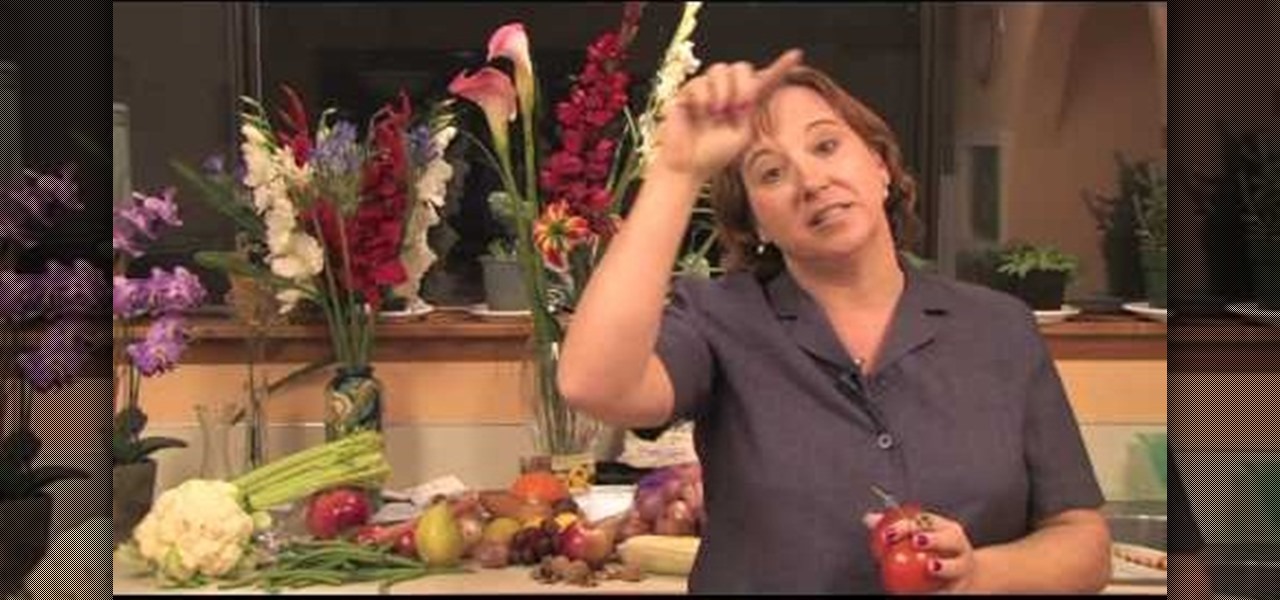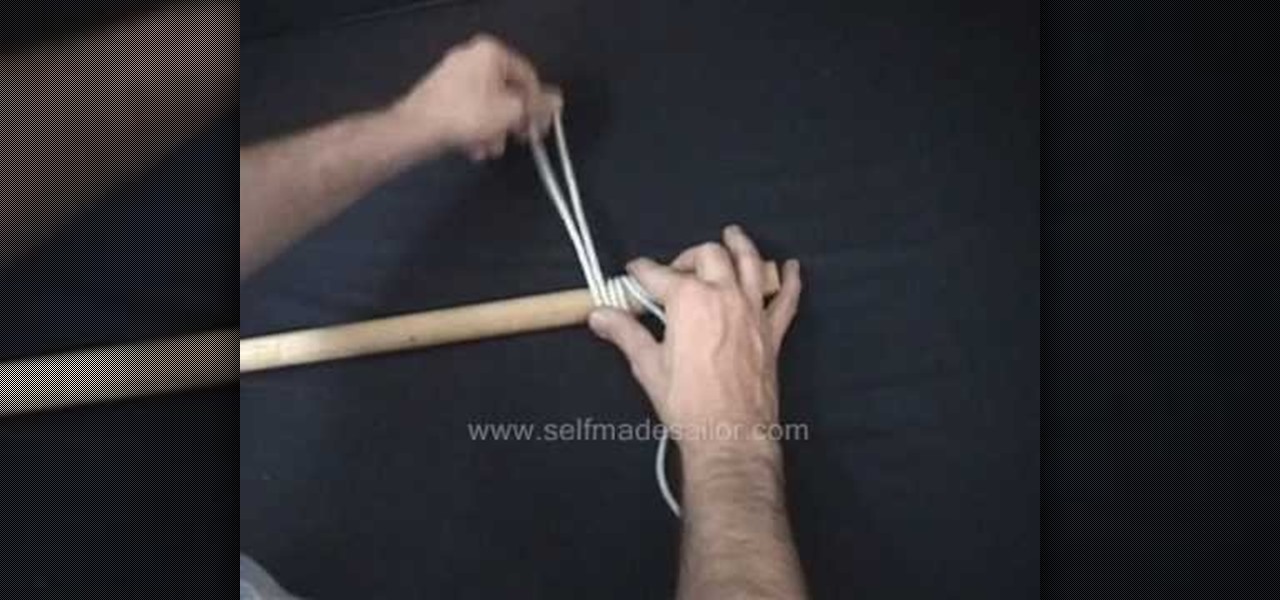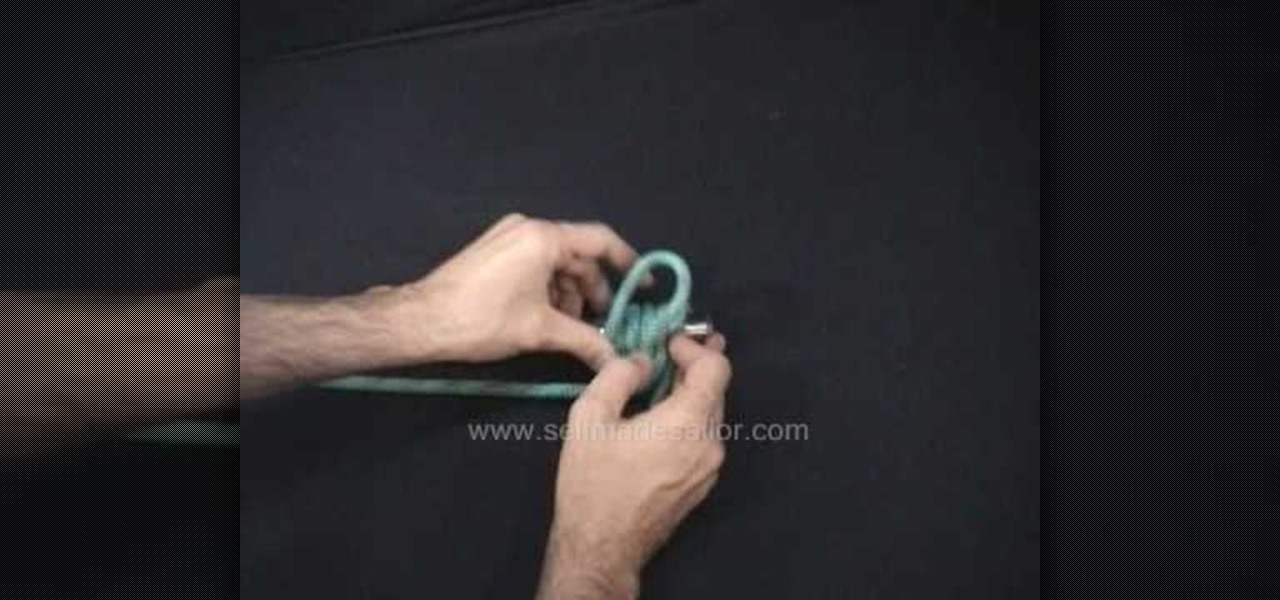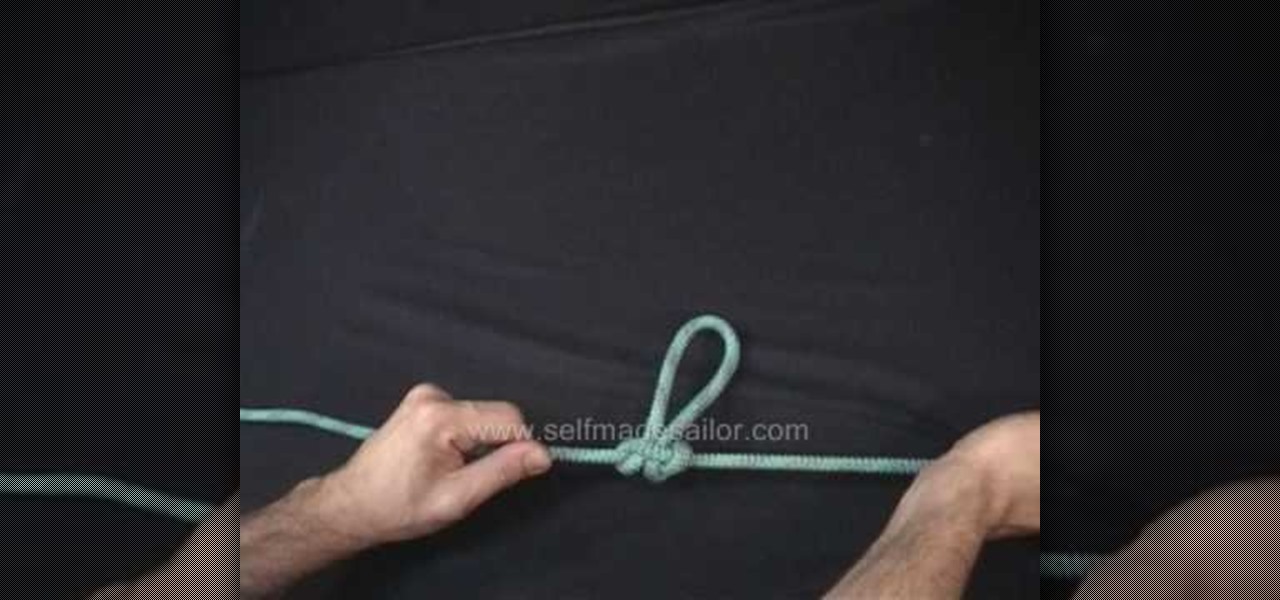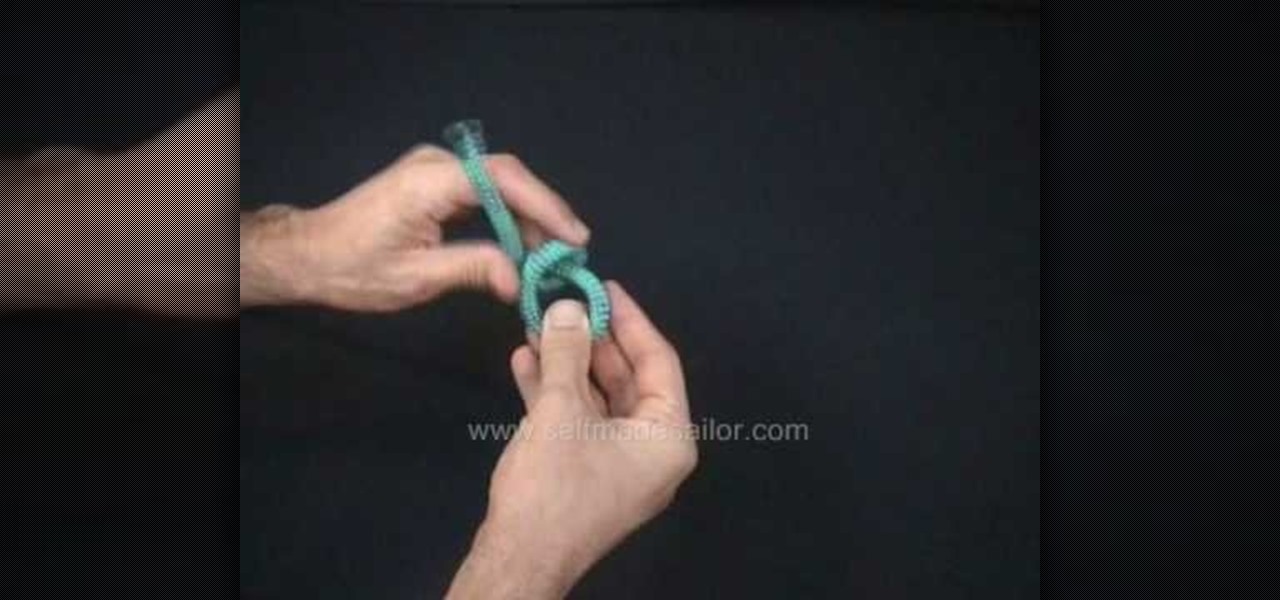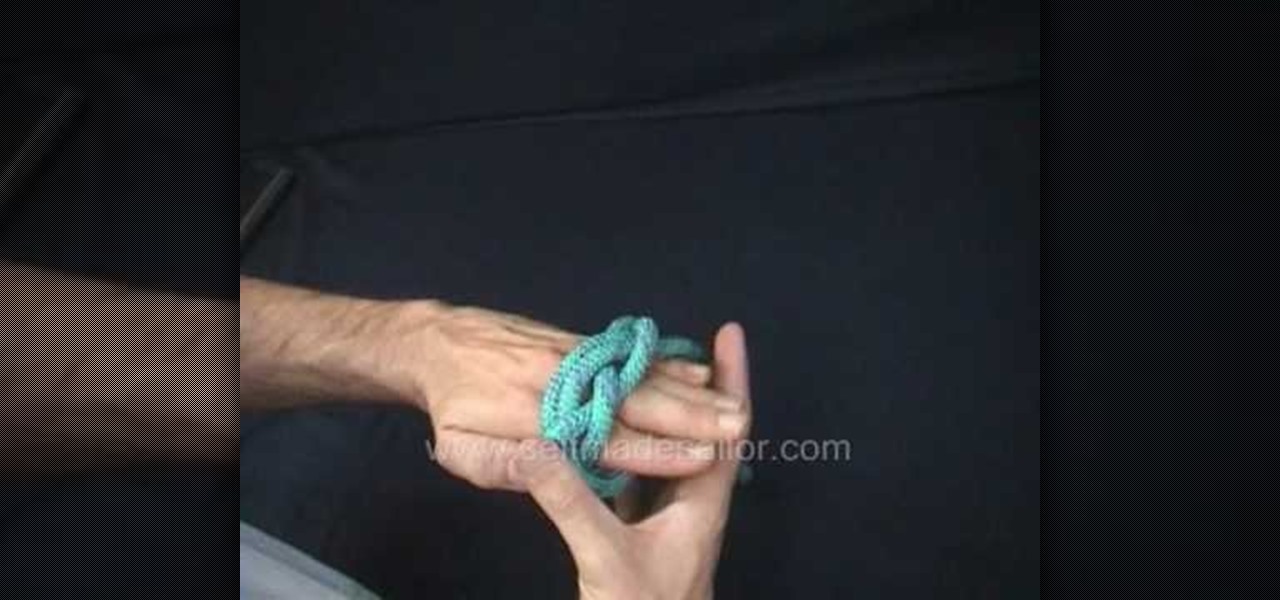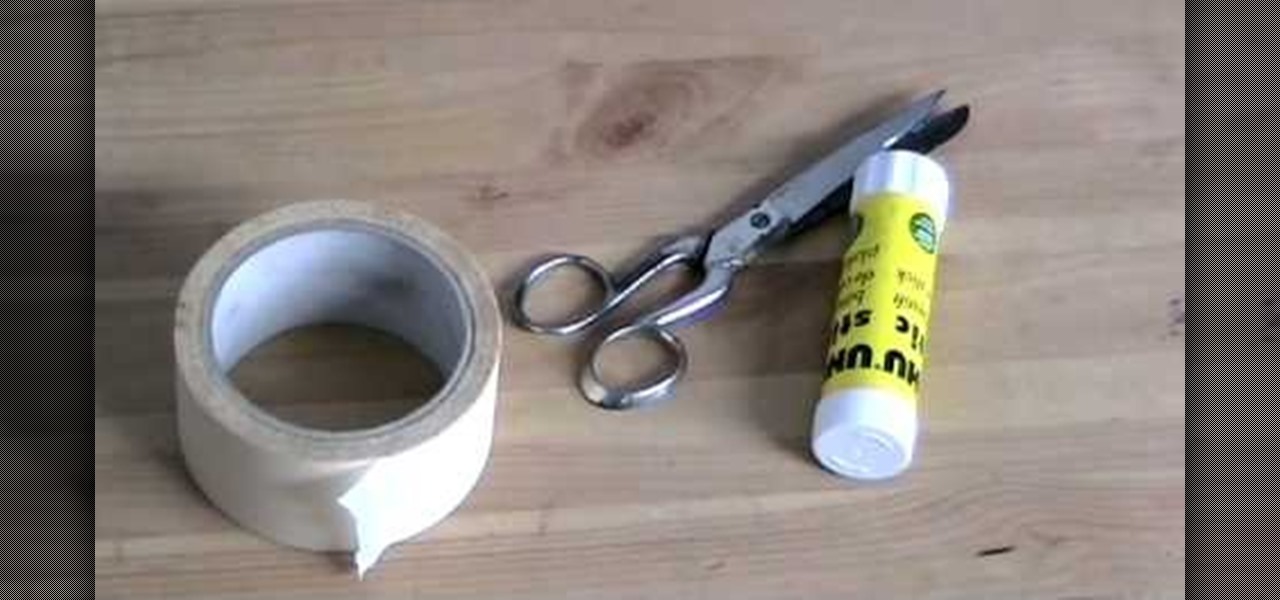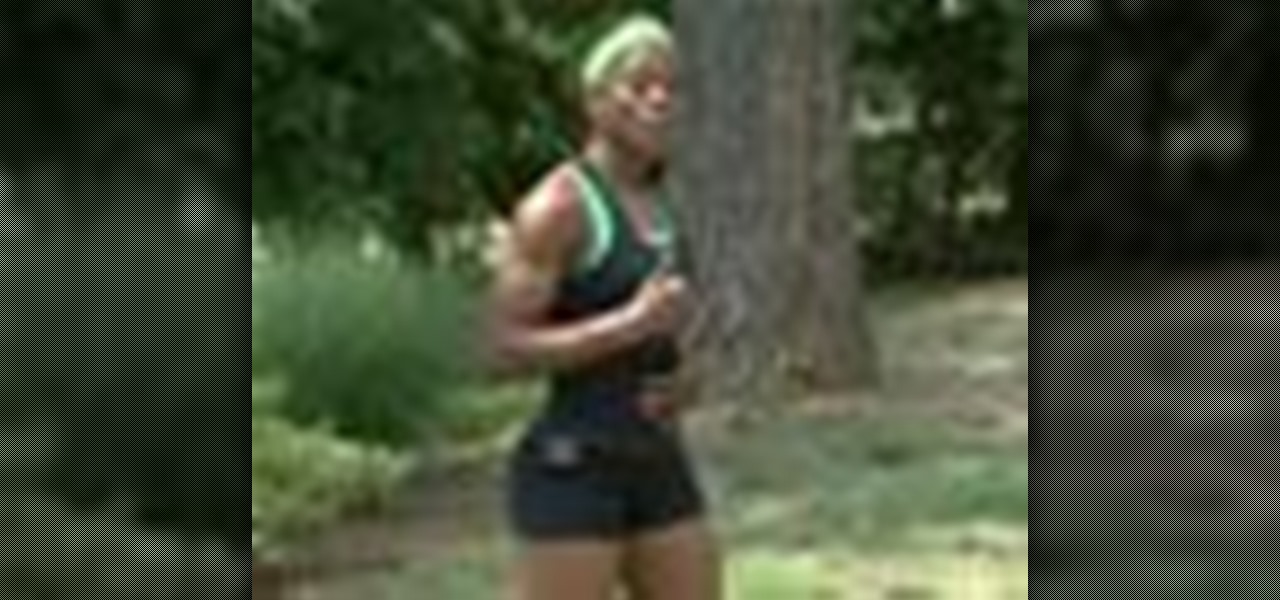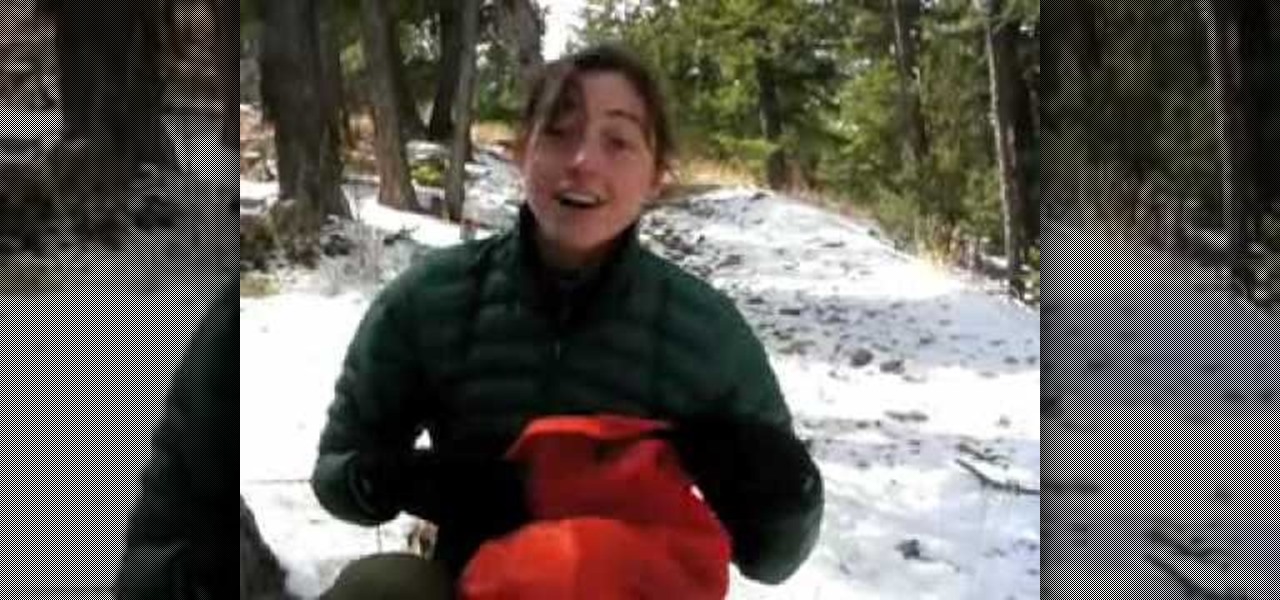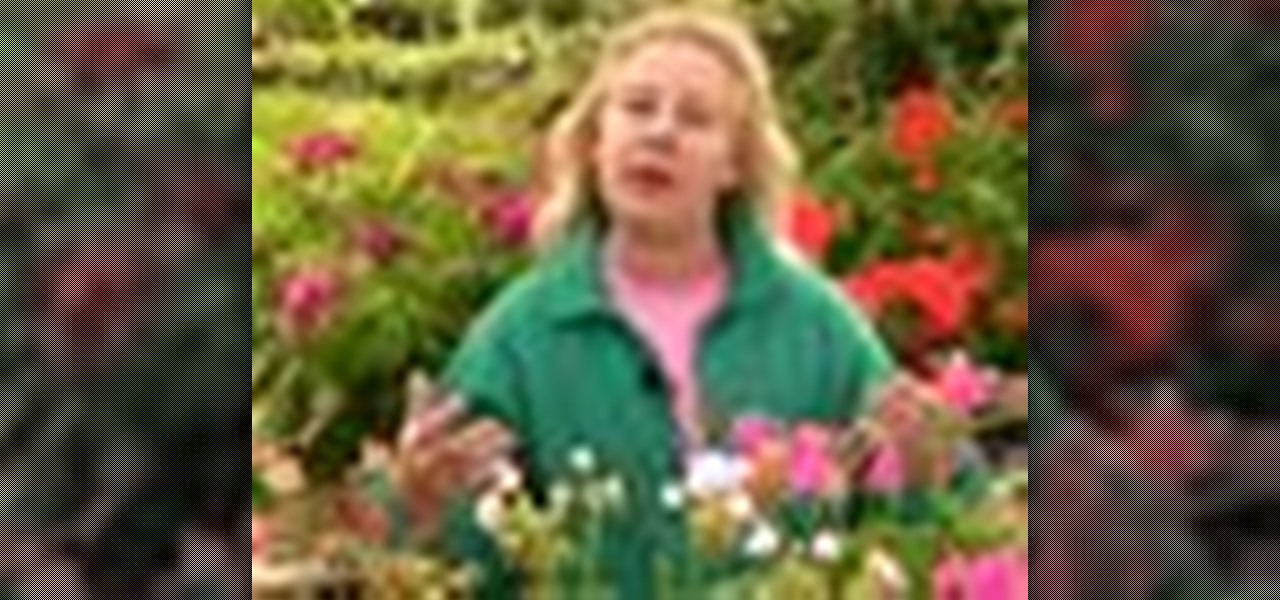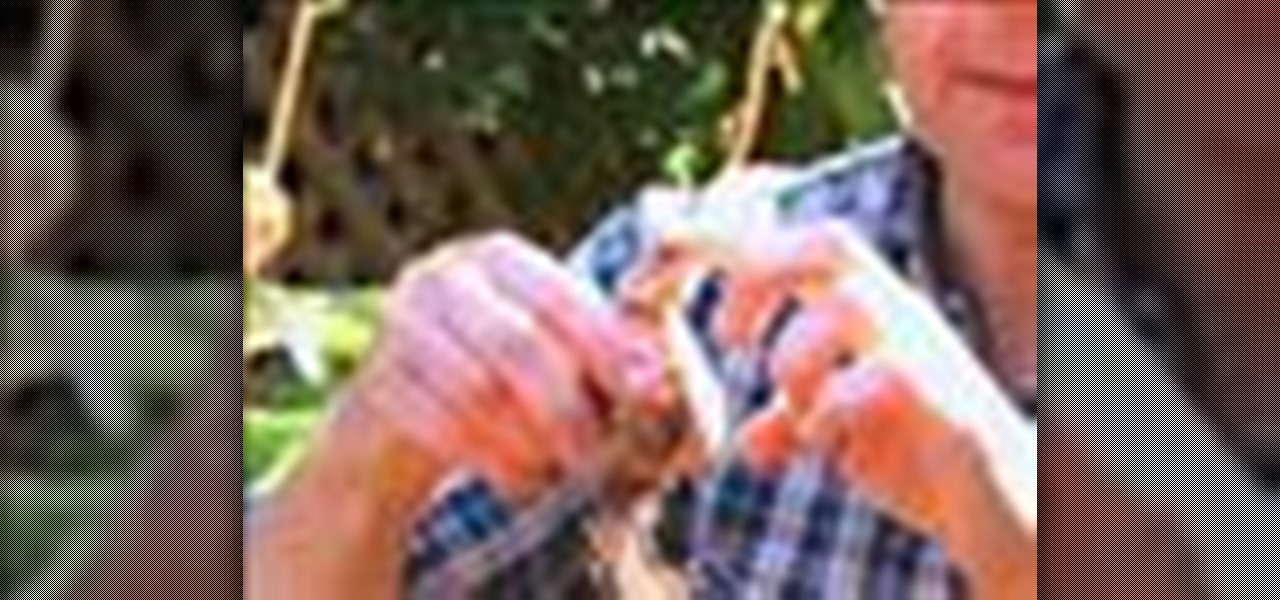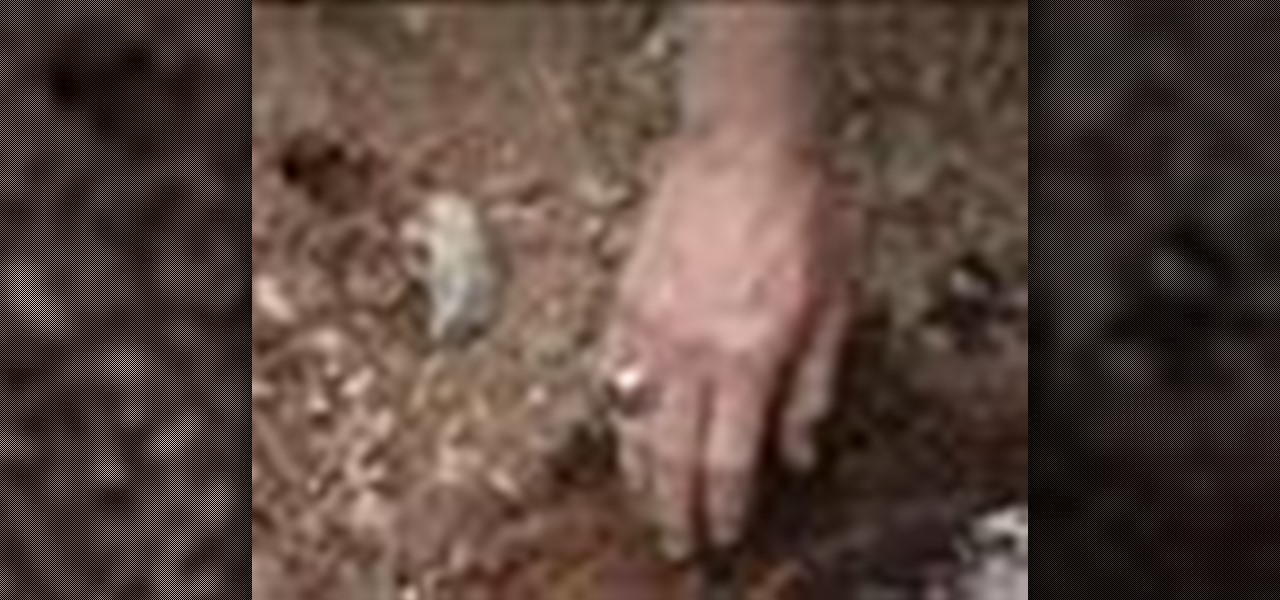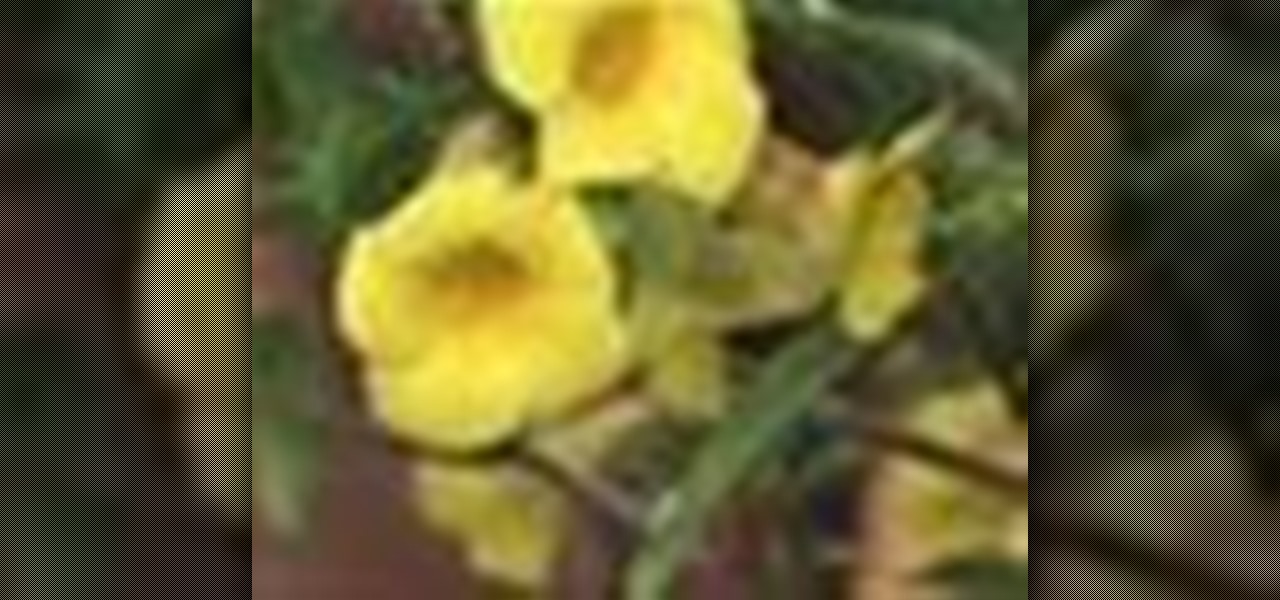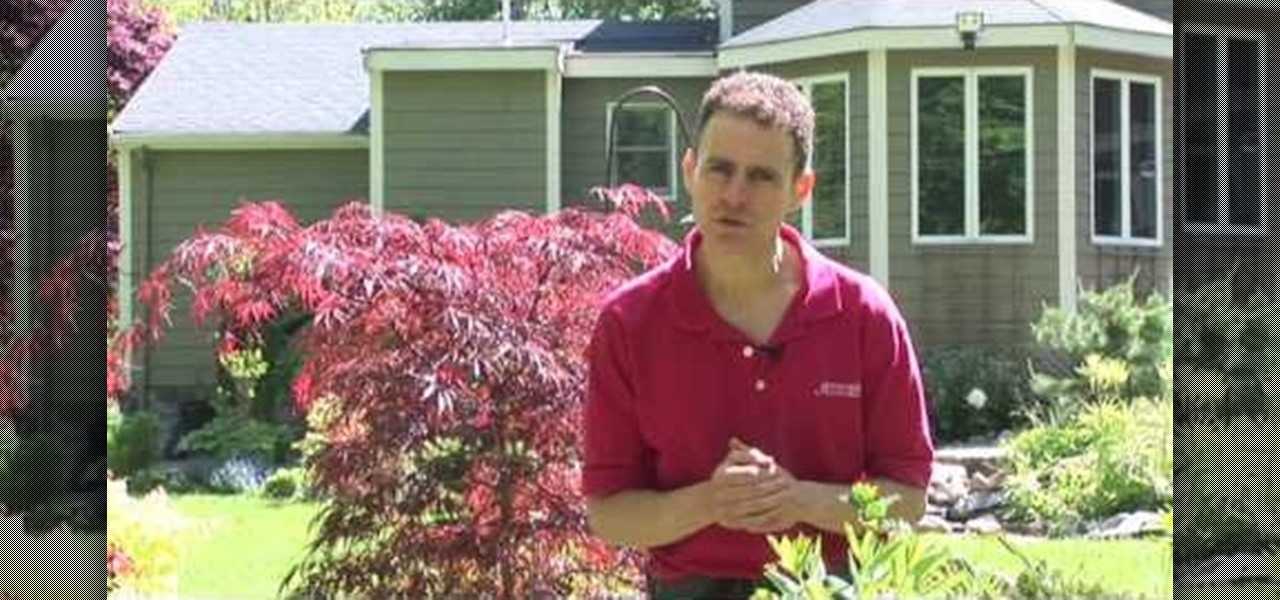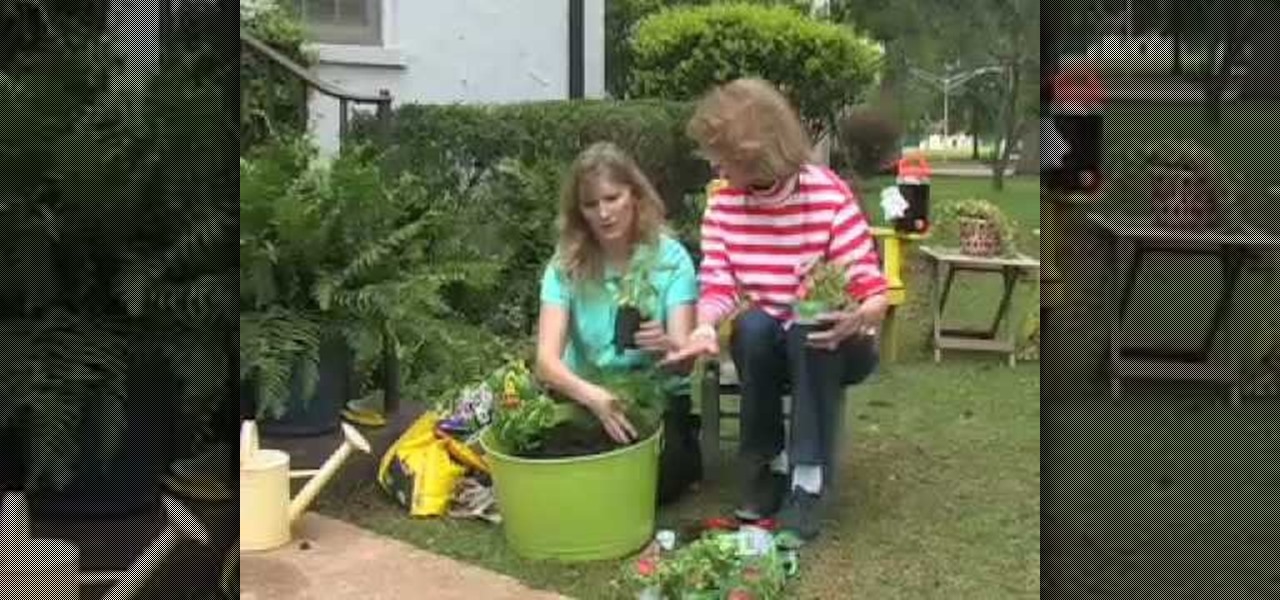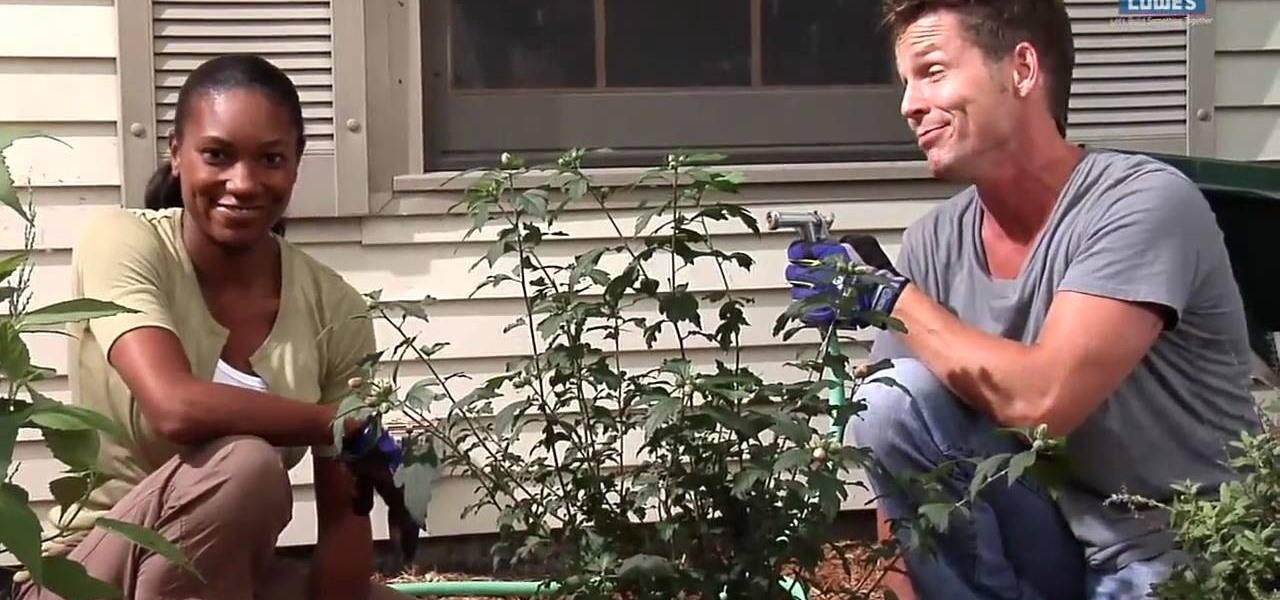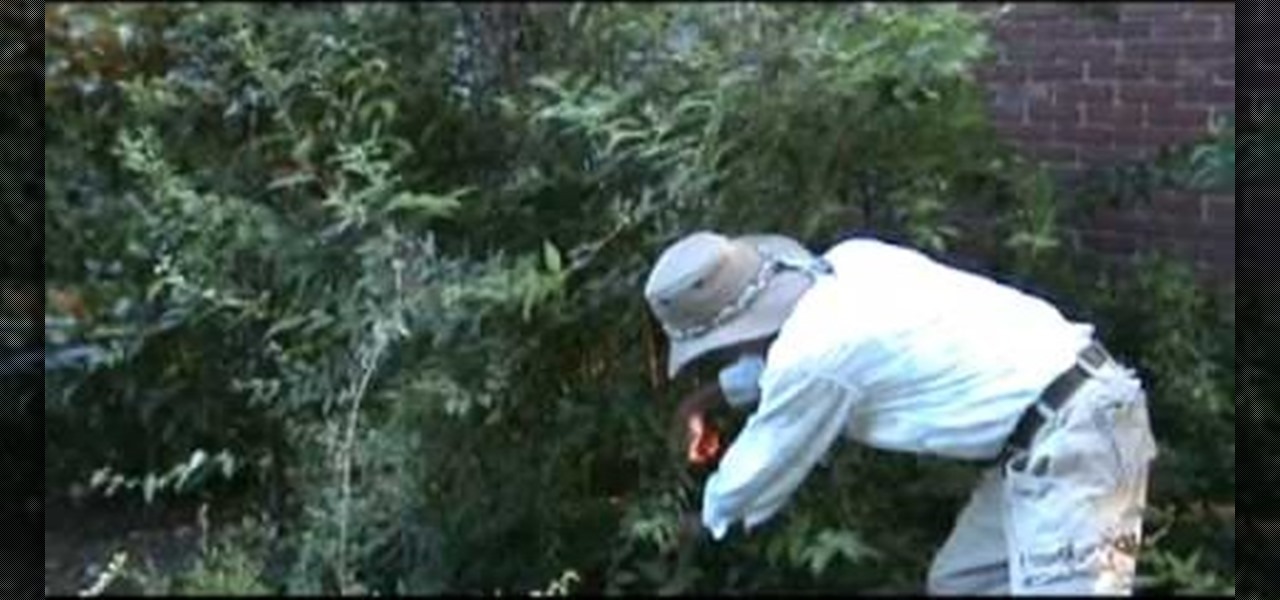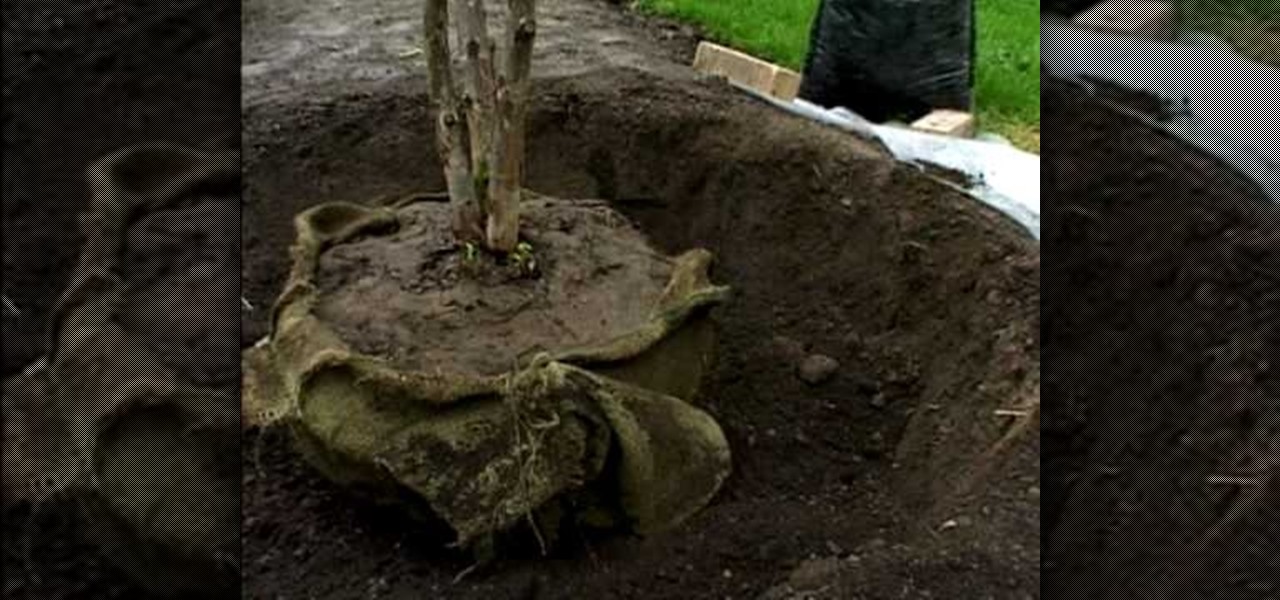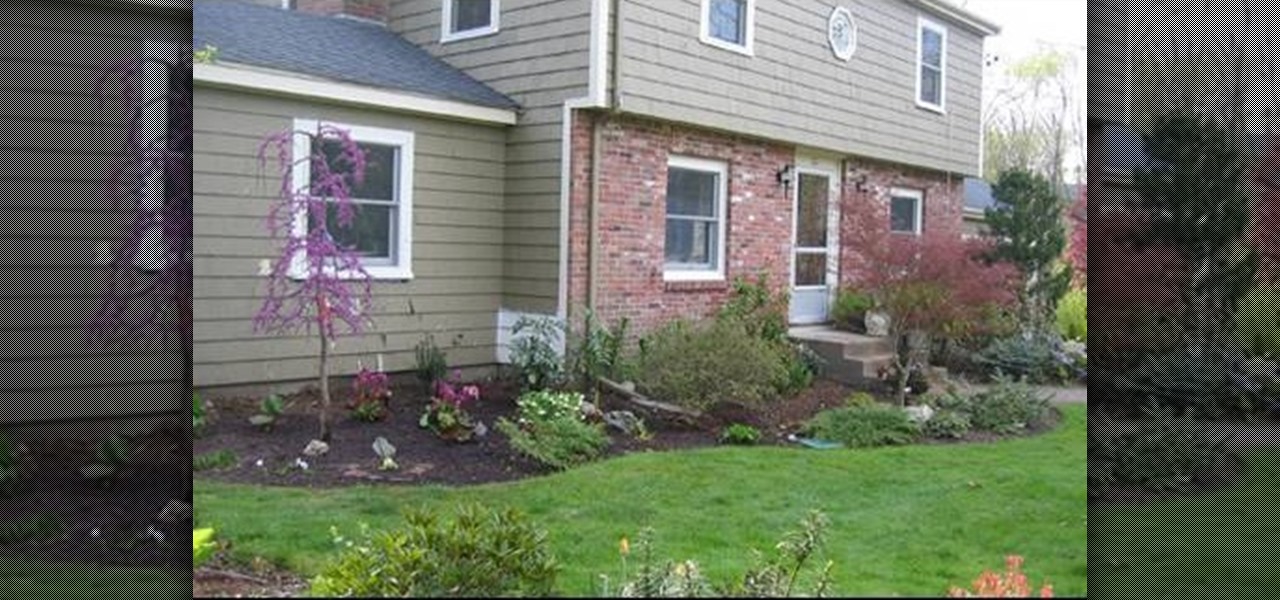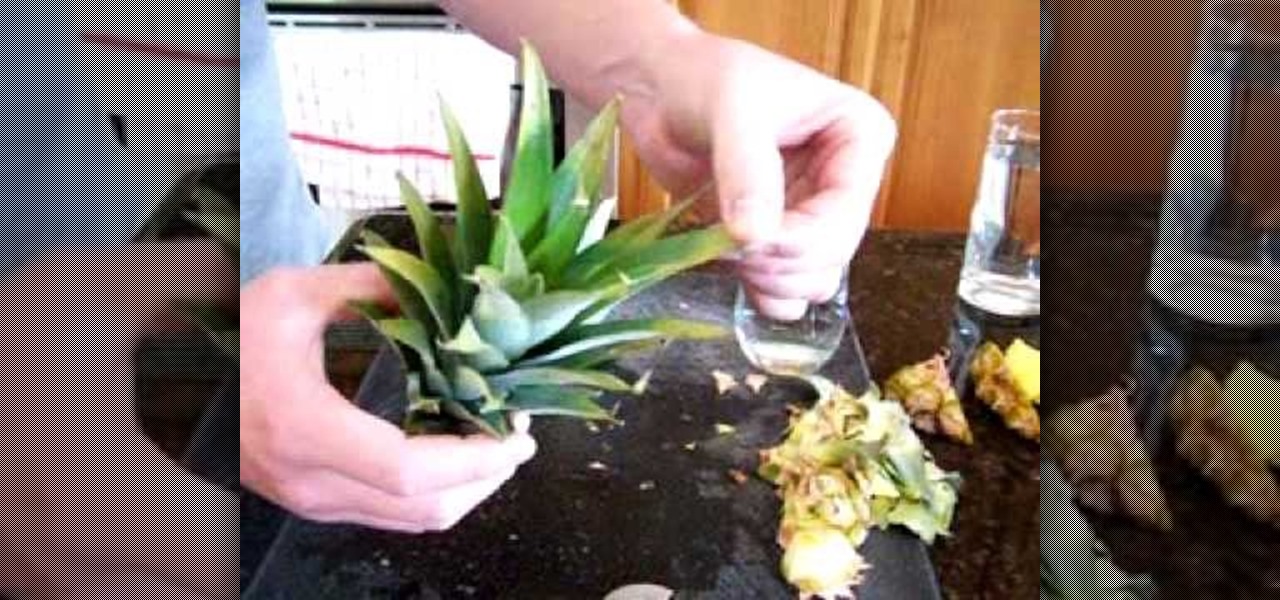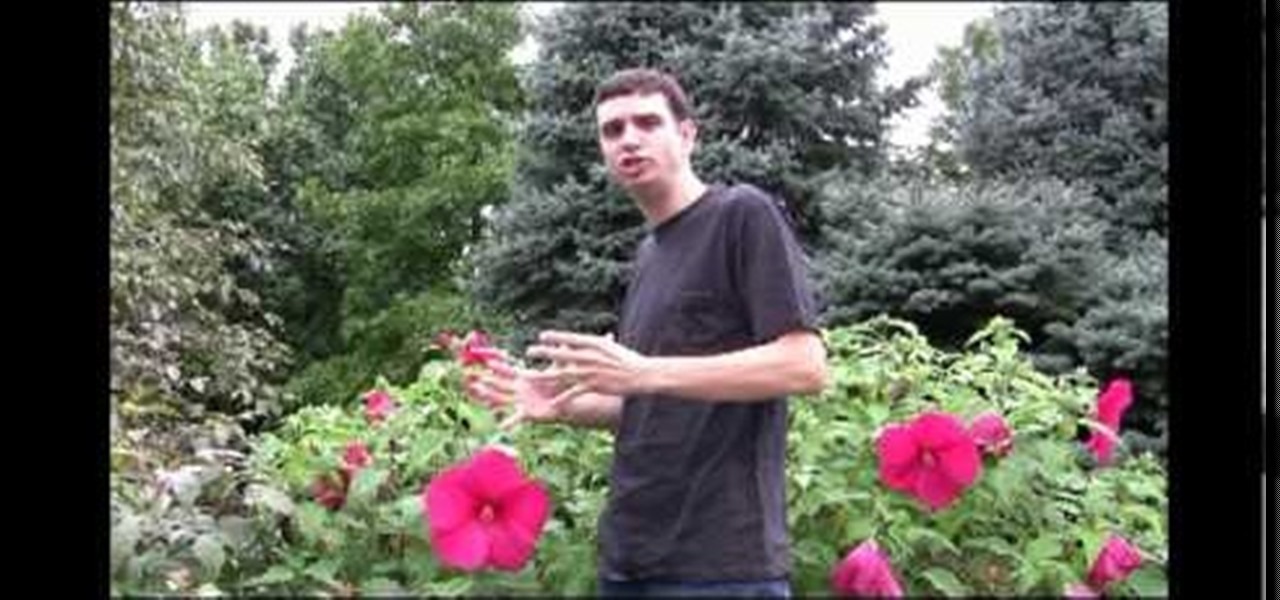
Kayaking is a great way to stay in shape and engage with the outdoors. This video tutorial demonstrates proper kayaking methods and offers a few helpful tips. When paddling a kayak, keep your strokes close to the side of the vessel. Make sure to use your legs to balance the kayak. Finally, adjust your core to get more out of each kayak stroke.
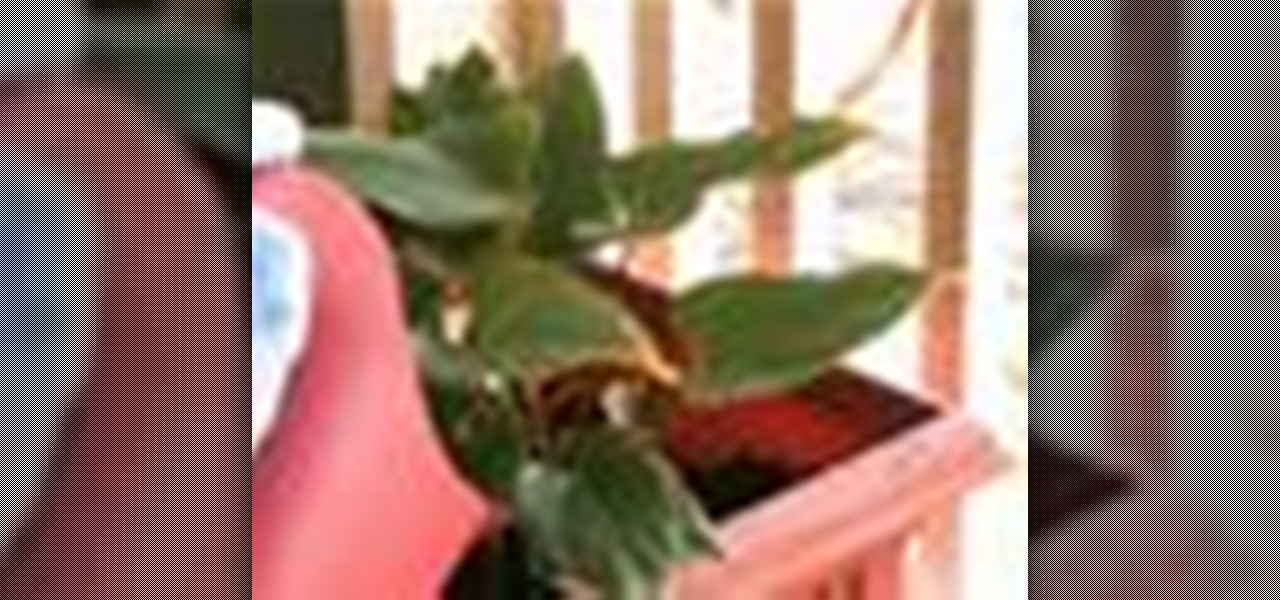
The cold weather can mean bad news for your home garden. But if you take the right measures, you can protect your plants from dying during the winter months. This video will show you to prepare your plants to survive the cold.

Flowering bulbs require some few common tools before planting such as compost or peat moss, work gloves, fertilizer, garden trowel or bulb planter and the garden bulb of your choice. During the spring season you can plant tender bulbs such as, irises, gladiolus and elephant ears. In terms of fall plantings you can plant bulbs such as tulips, daffodils, hyacinths and crocuses which could give a beautiful bloom in the spring. In general the blooms will last till three to four weeks, bulbs such ...
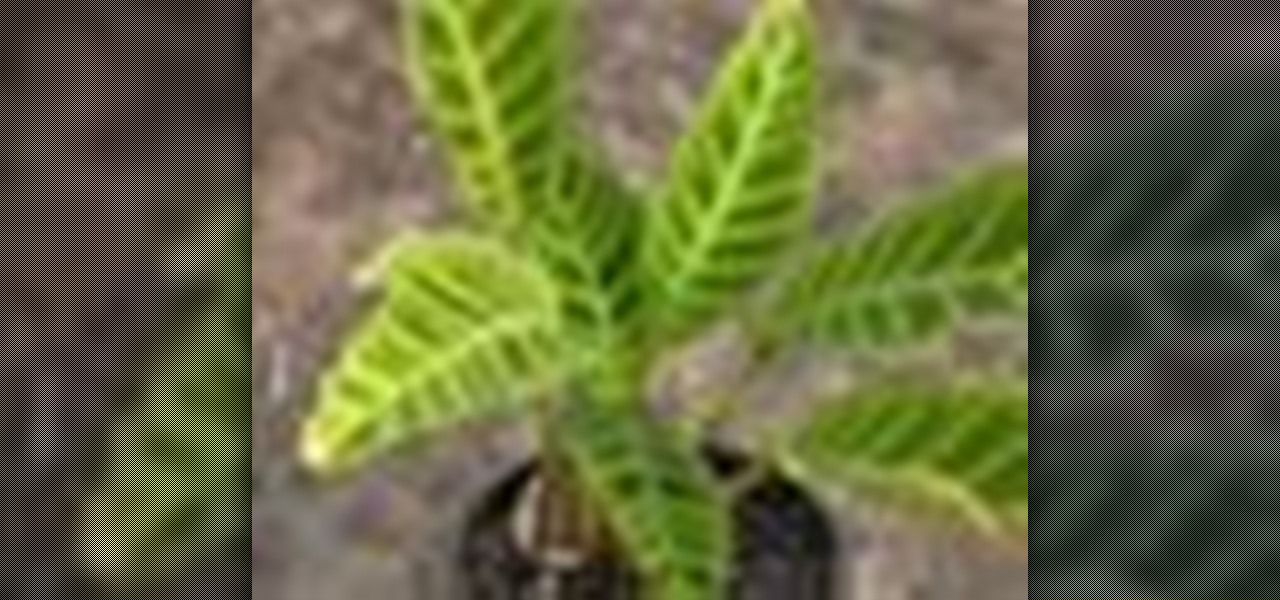
Don't throw out your wilting plants! There's a chance you can bring it back from the dead. Your wilting plant can be spared and revitalized with a little help & these easy steps.

Don't let ants ruin your next outdoor outing. Picnics are a wonderful way to share yummy food in the great outdoors. Ants think so too! You can keep pesky ants away with just a few simple actions.

Growing plants from cuttings is an inexpensive way to expand your garden. With patience and the right technique, it can be done fairly easily.

Pruning tomatoes, though not required, will create stronger vines, which produce larger, fuller tomatoes during the growing season. Trim back a tomato plant in the winter with instructions from a sustainable gardener in this free video on gardening. No need to go crazy, even trimming the plant down by a third will give you a bigger, better tomato. Follow along with the tips in this gardening video and learn how to prune a tomato plant.

Learn how to tie a Klemheist Hitch - This is a gripping knot made using a loop of small diameter rope applied to the main line or object. It greatly resists slipping when the pull is parallel to the main line. This is a good knot for sailing, boating, general outdoors and even bondage.

Learn how to tie an Icicle Hitch - A superb gripping knot that strongly resists slipping, stainless steel or other smooth surfaces, when the pull is parallel to the object to which it is tied. This is a good knot for sailing, boating, general outdoors and even bondage.

Learn how to tie an Artillery Hitch or loop - A secure way of forming a loop in the standing part of a rope so that the loop lies perpendicular to the line. This is a good knot for sailing, boating, general outdoors and even bondage.

Learn how to tie a Stopper Knot - A quick way to form a stopper at the end of a line to prevent it from pulling through a block or other object. This is a good knot for sailing, boating, rock climbing, general outdoors and even bondage.

Learn how to tie a Round Turn and Two Half Hitches - a quick and secure way of attaching a rope to a railing or other fixed object. This is a good knot for sailing, boating, general outdoors and even bondage.

Learn how to tie a Turk's Head Knot - a decorative knot used to cover a cylindrical object, or it can be worked into a tight ball or sphere. This is a good knot for sailing, boating, general outdoors and even bondage.

Whether it stands for “good old raisins and peanuts” or “granola, oats, raisins, and peanuts,” gorp is a great food for the outdoors. Learn how to make gorp for your next camping trip. You will need:

Learn how to make a folding reflector from cardboard and foil. This is essentially free if you have all of the materials already, like cardboard, golden aluminum foil, tape and scissors. This foldable light reflector is a good choice for outdoor film shoots on a low-budget. When you can't bring lights to your film shoot outdoors, let the light come to you!

Cardio exercises should be part of any exercise program. Learn how to do beginner cardio in this exercise tutorial. Do cardio outdoors or indoors. Exercise for 20 minutes. Keep a consistent heart rate. With thishow to video you can improve energy and lose weight with a cardio workout.

Backpacker editors demonstrate how to (and how not to) hang a bear bag to protect your food in bruin country. Check out this instructional camping video to ensure you have a safe and fun trip outdoors while camping in serious bear habitats. Learn the various methods of hanging a bear bag with this backpacking tutorial video.

How to grow tomato seedlings; get professional tips and advice from an expert on growing your own fruits and vegetables in this free gardening video series.

Geraniums are extremely hardy flowers that can be planted both indoor and outdoors. Learn how to grow and care for geraniums in this free landscaping video series.

Learn how to cook in the outdoors the real way - over a campfire! This how-to video shows some great recipes for the camp fire. These could end up making your camping experience much more fun.

Heading to great outdoors or going camping? Better TV shows you an easy way to feed your family at the camp site. Watch this food and camping video for how-to tips.

Listen to Real Outdoors TV host Matt Wettish as he explains the easy use of a short reed goose call.

Dave shows you all the secrets to successful late-season bulb planting.

How to get your seeds to sprout so you can plant them. Its common practice to plant 3 seeds an inch apart and see how many sprout. Using this method, you only plant the seeds that sprout. This saves time and eliminates waste.

If working an area with poor or eroded soil something must be done to improve the soil so plants will grow. A great tip is to use about 50% organic matter and 50% native soil, mix it together, put it around the rocks, then plant Thyme or other creeping plants. This will help the plants to establish themselves. Don't put organic matter under the rocks because over time it will allow the rocks to sink.

Elderly woman shows how to prune plants properly. Video covers which plants to prune, when to prune, cleaning prune tools and how to prune the individual plants. Watch video for best results.

Gardening is a great hobby for anyone looking to grow beautiful flowers, ferns or fruit bearing plants. Learn how to care for a variety of garden plants with gardening tips from a horticulturist in this free video series.

Plant gift baskets are a great way to show you care about someone. Learn how to make plant gift baskets with tips from a florist in this free gift basket decorating video series.

Sometimes we have so much to show you that we need a second video to cover all the information. Deadheading is a topic like that, because of the great variety in the way plants bud and grow.

If you're looking for a plant that will add color to your landscape as well as work well in smaller areas, a Japanese maple might be what you need. There are a variety of different maples that exist and each one has their own benefits for being planted in a yard.

You may not realize it, but saving energy is as easy as planting a tree. Literally. Finding a great shade tree for a certain area outside your home, can help save energy in your home by offering some free shade during hot summer days.

In this video, we learn how to plant a container herb garden. First, lay down a layer of fertilizer to your pot and then rip off the container from around the plant. Then, place the plant inside of the pot and throw some of the fertilizer around the top of the base of the plant. From here, you will place in the rest of the herbs to the pot until it all fits in well. Then, make sure you water this according to which of the herbs that you are growing. Enjoy watching your herbs grow and enjoy fr...

If you haven't already discovered, landscaping is equal parts art and science— what you put and where has a huge impact on how your yard will look. And if you want beautiful trees and shrubs, Lowe's has the advice you need for getting started.

In this tutorial, we learn how to prune trees and shrubs in your garden. If you want to have a natural looking appearance to your plants, make sure you prune them often! A lot of plants will grow out of shape quickly, so make sure you trim them often. Don't square them off on top so your plant doesn't look fake and un-natural. To begin, you will want to take your tallest branches off first, from the bottom of the tree. Keep doing this until the very tall branches have been removed and you are...

You may not realize it, but planting certain vegetation around your home can actually help you save energy. Plating trees is also a great way to help add some shade to your home that can bring a cool feel to an area during the hot summer days.

Dave Epstein talks about adding a foundation plant to a home. He is planting a Lavender Twist, a weeping redbud also known as Cercis Canadensis 'Covey'. You will see how adding a foundation plant to your home can make a big impact. You will see a before view of a home to get an idea of what you can do with the space you have available. Also you will get a tip on carefully placing the plant on the side of your home as to not block any windows but also add depth to your home and make it seem bi...

The narrator introduces Patrick Quirk as the horticultural expert to whom is going to demonstrate how to safety transplant a cactus. Patrick highlights the ease of doing this if we use the right tools. Patrick recommends using an old garden hose and 2 types of tongs as part of his tools. Safety is paramount to us and to the plant. Cactus need to have is roots loosen and dried, which it different to other plants. It is important to keep the same soil level as you previously had. Patrick finish...

This video shows how to grow pineapples at home. First, take a pineapple and slice off the top. Next, cut off all the meat from the top of the plant. Then start to peel all the bottom layer of leaves off the plant. Once the plant is well pruned, place it in water for about 2 weeks. You'll see new roots grow in the water. Once there is a healthy root growth structure the plants are ready to be transplanted. Then you'll put the plants into a pot. The transplanting part of the process will be fo...

In this video, we learn how to take care of hibiscus plants. These can grow anywhere from 3-10 feet tall, so make sure to take care of these! Some extra steps to help are to: plant these in a well drained area and water it, let it drain and water it again. During the winter, mulch the flowers and it will survive. Make sure you pinch the flowers that are dead to keep your plant looking gorgeous and make sure you trim any dead branches that make the tree look dead. Doing these small steps will ...

In this Home & Garden video tutorial you will learn how to divide hosta. Hostas are one of the best plants for your garden. They grow very fast. Hence, you have to divide them to keep them healthy. The best time to do this is either early spring or during fall. Take a flat shovel and dig a hole about 3-5 inches around the base of the plant and then pull it out. You can use a big knife, your hands or even the shovel to divide the bunch of plants. Move the foliage a bit so that you can see the ...








